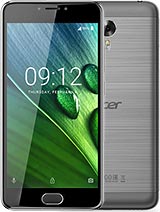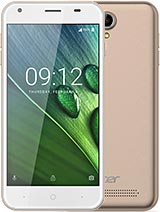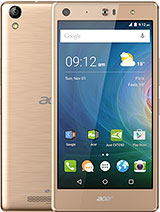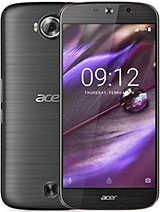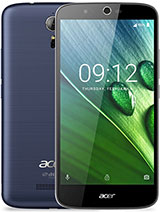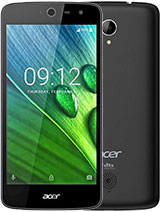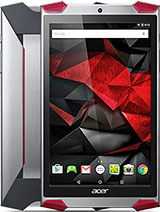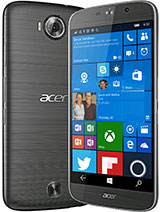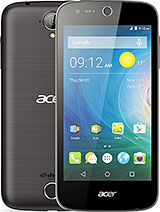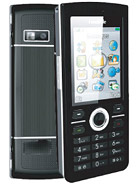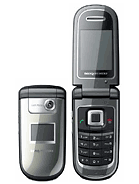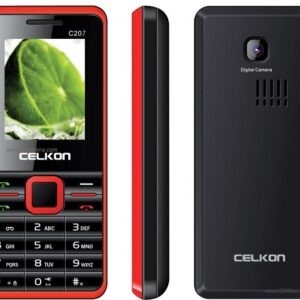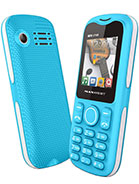Acer Liquid Overall Specifications
The Acer Liquid, launched in October 2009, marked Acer’s ambitious entry into the Android smartphone arena. This device was notable for being one of the first smartphones to feature the Qualcomm Snapdragon S1 chipset, promising a faster and smoother user experience compared to many contemporaries. It sports a 3.5-inch TFT capacitive touchscreen, a significant size for its time, offering users a bright and responsive interface for navigating through Android’s early ecosystem.
Running on Android OS, the Liquid provided users with access to the burgeoning Android Market (now Google Play Store), along with essential Google services. With 256 MB RAM and a 5 MP primary camera, the Acer Liquid catered to the basic needs of smartphone users, from multitasking between applications to capturing everyday moments with reasonable clarity.
The device included a 1350 mAh battery, which was adequate for day-long usage under moderate conditions. Moreover, it offered features like Wi-Fi, GPS, and Bluetooth connectivity, enhancing its appeal as a versatile smartphone. The Acer Liquid stood out for its sleek design and was available in multiple colors, allowing users to express their personal style.
Acer Liquid Pros and Cons
Pros:
- One of the first to utilize the Qualcomm Snapdragon S1 chipset, offering good performance for its time.
- Decent display size with a capacitive touchscreen, improving user interaction.
- Access to Android Market for a wide range of applications.
- Stylish design and available in multiple colors.
Cons:
- Limited RAM and processing power by today’s standards, making it unsuitable for demanding applications.
- The camera’s capabilities are basic, not suitable for high-quality photography.
- Battery life may not meet the demands of heavy users.
- Some modern connectivity options and sensors may be missing.

